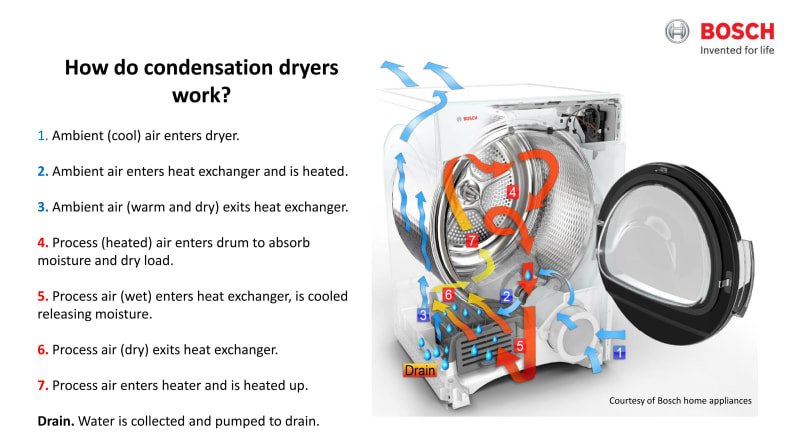No, Really, Your Washing Machine Needs This.
No, Really, Your Washing Machine Needs This.
Table of Contents:
Why You Should Clean Your Washing Machine
How To Clean Your Washing Machine
It's a common myth that your washing machine cleans itself as it cleans your clothes. Unfortunately, it is just that. A myth. As your washing machine gets everything else clean, it can build up dirt, detergent, and hard water residue. So, how do you fix that, and what happens if you don't?
Why You Should Clean Your Washing Machine (Ie what happens if you don't.)
Sure it makes sense. If you're constantly washing things in it, the washing machine should be kept clean. Buuut that's sadly not how it works, at least not any more than your towels always being clean because you use them to dry yourself off when you're clean. With every wash cycle, your washing machine rinses away dirt, grime, and detergent. That dirt has to go somewhere, right? If you don't clean your washing machine regularly all of that grime can build up inside the machine, as well as mildew. Yup, mildew.
Have you ever opened your washer after several days only to have it smell wet and rank? A smell that's somewhere between long rotted leaves and a wet dog. That's caused by leaving your front-loading machine closed in between washes. The tight seal on the door means that the drum can't dry out completely, so mildew and mold can begin to grow inside the drum. (And no, just running a new wash won't wash away the mold, sadly. A front-loading machine doesn't fill up all the way in comparison to a top-loading machine.)
The ick on the agitator is mildew, the top of the drum is dirt, and at the chlorine tray is just floating debris.
Photo Courtesy of Practically Functional
How To Clean Your Washing Machine
Fortunately, there are easy ways to solve the problems in both of these cases.
If you're looking to remove the moldy smell, all you need to do is do an empty cycle of your machine, with an extra rinse, using a half cup of bleach and no detergent. This will kill any mildew inside of the drum and sterilize the entire thing.
If you're trying to get rid of dirt, detergent residue, and hard water, on the other hand, you're going to need to go a bit more in-depth.
- Start by grabbing anything you can that's easily removable. Take that to your sink, grab an old toothbrush, some white vinegar, and some dishsoap. Mix up a quick solution and allow the parts to soak in it while you go back to your washer.
- Use a cloth, the toothbrush, and the vinegar to scrub all of the crevices inside the machine. Throw on a podcast or an audiobook while you're doing this, it'll make life easier.
- If your front-loading machine has a rubber gasket, make sure you get that cleaned too, but use a clean cloth instead of the toothbrush. You don't want to accidentally damage it, or pull it away from its seal.
-Many machines will have a trap that's meant to catch debris, hair, pet fur and other things. Consult your manual, or the manufacturer's website to find out where it is for your model. Once you've found it, empty it, soak it in white vinegar and then gently scrub with a toothbrush to get it clean again.
-Once you've done all of that, rinse the small parts with clean, cool water, dry them off and replace them into the machine. Next, pour four cups of white vinegar into your washer's tub while it's empty. Run that on the longest and hottest wash cycle, without adding anything to it. No detergent, no clothing, nada. Once the cycle is finished running, take a soft sponge (so one without a rough side to it) and clean the inside of the washer. Then run another cycle with just water to remove any of the leftover vinegar.
Once you've gotten your washing machine clean for the first time, make sure to get yourself into the habit of doing it once a month. After the first time it's much easier, and you won't have to do as much work. Like many of the other home tips we offer, these types of preventative maintenance are best done on a regular schedule so that you don't end up having to rush to fix a major problem.
Thank you for coming to hang out with us this week! What is the strangest thing you've ever had happen with your washing machine? Tel us in the comments below, or over on our Facebook page. As always, we'd love to hear from you.
If your washing machine has gone past the point of "it just needs a good scrubbing" it might be time to call in a professional. Fortunately, we can help. Whether you live in Allen, Copeland, or Dallas, Appliance Rescue Service has you covered. Just head over to our contact page or give us a call at ((214) 599-0055) to set up an appointment time that works for you.






